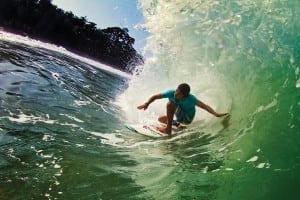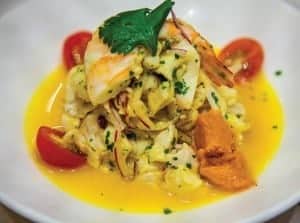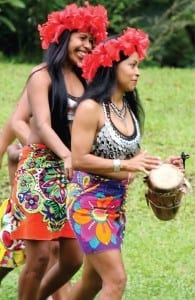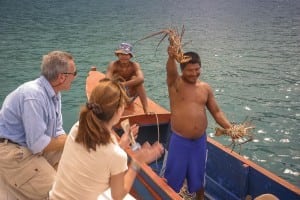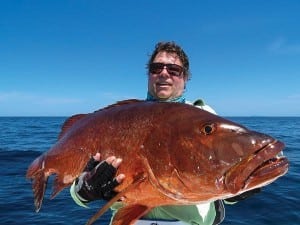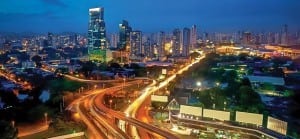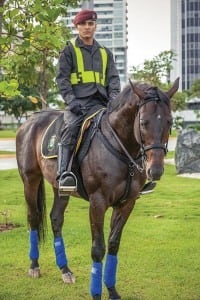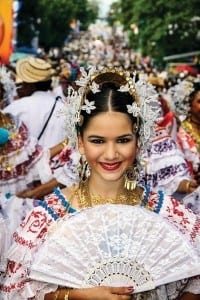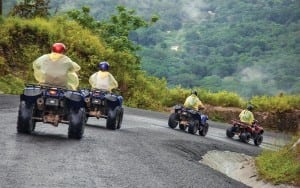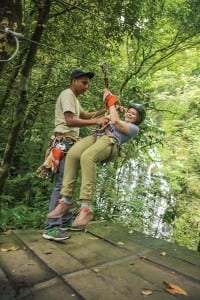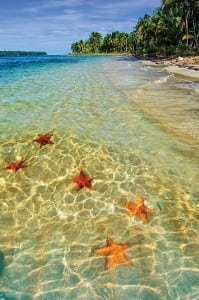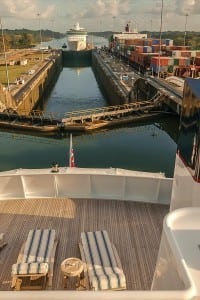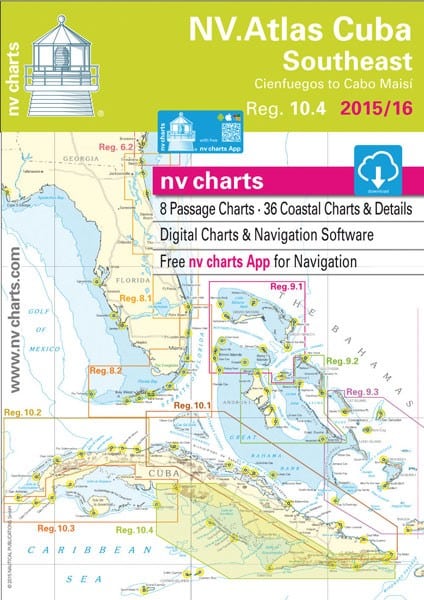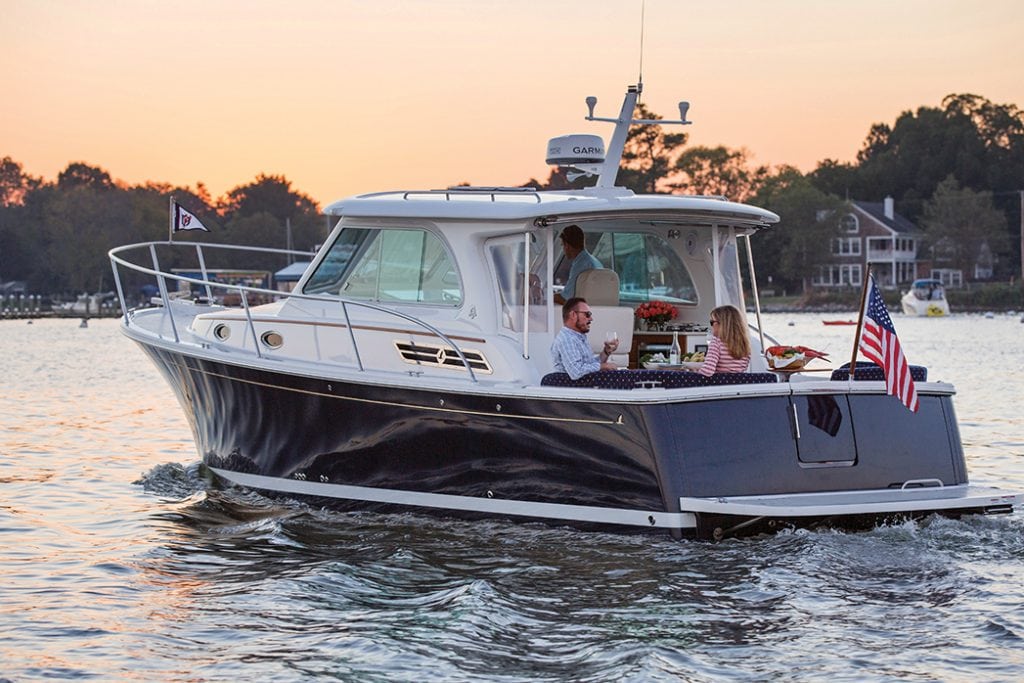For more than 100 years, the Panama Canal has served as a shortcut for Atlantic and Pacific Ocean explorers circumnavigating the globe.
A narrow serpentine ribbon of land connects Costa Rica to the northwest and Colombia to the southeast—the Isthmus of Panama ties Central and South America together and is synonymous with transition. Thoroughly ransacked by the Spanish conquistadors, Panama became ground zero for the invasion of South America in the 1500s and the jumping off point from which the stolen riches of Bolivia and Peru were shipped back to Spain. By 1821, with the resources of the area exhausted, Spain granted independence to the new country of Colombia to which Panama became a province.
Undeterred by the failed French attempt to build a canal, the U.S. weighed the strategic value of Panama and supported their succession from Colombia creating an independent nation. In exchange, a treaty allowed the U.S. to construct a canal and established U.S. sovereignty over the area on either side that would become the Canal Zone. The U.S. Army Corps Of Engineers undertook the massive 10-year construction project and the Panama Canal became operational in 1914. The monumental event changed the face of global ocean-going shipping, but with the Canal under full control of the U.S. the Panamanian population continued to lack control of their country’s most precious asset.
Shifting History
In 1977, the Torrijos–Carter Treaties were signed. The agreement to transfer complete authority of the Canal from the U.S. to Panama by the end of 1999 was in place, but by the mid 1980s the dictatorship of General Manuel Noriega was destabilizing the country and plunging the population into further repression. With democracy evaporating and drug trafficking on the rise, Noriega’s regime had put Panama’s economy on the ropes questioning the security of the Canal. Relations between Noriega and the U.S. continued to erode until December 20, 1989, when President George H. W. Bush executed “Operation Just Cause.” The invasion of Panama by the American military ended with Noriega’s surrender on January 3, 1990. The rest, as they say, is history.
In the 24 years since the re-introduction of democracy, Panama has done much to improve its reputation as a good neighbor and trading partner. Boasting an economy that continues to flourish even in uncertain times, Panama has become the rising star of Central America. The nation has enjoyed growth in all sectors due to the Government’s commitment to the Panama Canal expansion project, which will greatly increase the canal’s capacity and subsequent increased revenue.
Also, the Panamanian government is making a serious investment in the public infrastructure intended to create a regional logistics hub. With a stable political landscape, Panama is now a partner in the Dominican Republic Central America Free Trade agreement (DR-CAFTA) and has negotiated a free-trade agreement with the U.S. while attracting sizable foreign investment. Nowhere is this more evident than in Panama City where new high-rise hotels, offices and residential buildings push ever skyward to compete for space along the Avenida Balboa winding along the downtown waterfront.
Good for Boaters
This is all very good news for the international yachtsman. Those interested in the journey as well as the final destination will find Panama both accommodating and intriguing. Once commonly thought of as simply the point of transition from the Atlantic to Pacific Ocean, Panama has emerged as a world-class port of call in its own right. As Panama City has matured and grown to attract an international clientele, so has the yachting scene. The Canal transit itself is an extraordinary adventure. But, couple that with a trip to country, and you’ve just added tremendous value to that canal transit fee.
Approaching the Canal from the Caribbean, the San Blas Archipelago located south of the Canal entrance is one of the designated areas that is home to the indigenous Kuna Indians. Though tourism is an important source of income, the Kuna people maintain a grasp on their heritage through their customs, village structures and dress. A matriarchal society, the women wear traditional colorful handmade blouses called “molas” and often adorn their faces with nose rings and primitive painted designs.
The approach to the canal is anything but primitive with dozens of modern cargo ships swinging at anchor waiting their turn. The Canal operations have run 24/7 since it was illuminated in 1963. But, of course, a daylight journey is preferable for yachts. Moving through the locks and lakes of the Canal it becomes obvious that most of Panama’s 28,000 square miles are covered with dense jungle climbing up into lush rainforest. Nearly 60 percent of Panama remains a forest of magnificent proportion.
Parks Galore
With 14 National Parks, each with its own unique blend of rainforest characteristics, Panama offers ecologists, nature photographers and tourists access to combinations of flora and fauna not found elsewhere. Panama is a Guarani word meaning “Butterfly”. The ultimate wildlife experience that is Panama includes 1,500 species of butterflies, 950 varieties of orchids, and over 972 species of birds and their habitat within easy reach of the major cities. From a trek through the rainforest at Soberania National Park, ziplining at El Valle de Anton, San Carlos on the coast with its volcanic black sand beaches, to world-class fishing, diving and golf along the ocean’s edge, Panama offers an array of choices to challenge and entertain any traveler.
On a Caribbean to Pacific transit, passing under the Pan American Highway Bridge or Puente de las Americas signals the approach to Panama City, a booming metropolis with a hot Latin beat offering the contrast of the best of old world charm and hip urban chic. Day or night, a walk through the narrow cobblestone streets of the old city reveals period architecture, historical churches and one colorful photo-op after another. Take a break at any of the many charming cafés for a view of the impressive modern skyline across the bay.
Transient dockage in Panama City is available at the Flamenco Marina located on Flamenco Island at the end of the famous Amador Causeway. A full-service facility, Flamenco Marina and Fuerte Amador Resort can accommodate yachts to 250 with full yacht services, entertainment and a professional staff. A testament to the quality of service and increasing interest by international yacht owners, the Flamenco Marina in conjunction with Show Management hosted the first Annual Panama International Boat Show in June 2014.
City of light
With a view to the towering Panama City skyline, Flamenco Marina is only minutes from the best Panama City has to offer in restaurants, shopping, hotels, casinos, bars, and nightlife, including the Panama City Hard Rock Megapolis. This modern glass tower soars 66 stories and offers a rooftop pool bar, 4 distinctive restaurants and 7 nightclubs. Your overflow yacht guests with a penchant for rock music will enjoy staying in the “Rock Star Suite”—a Fender electric guitar is even delivered to the room.
The Panama City nightlife scene is legendary throughout the Caribbean. Three distinct districts offer evening entertainment—Casco Viejo, Calzada Amador, and the Calle Uruguay. Experience classical music, jazz, theater, dancing, an intimate romantic ocean-side dinner, or state-of-the-art nightclubs such as “Bling” at the Hard Rock—its pulsing energy rivals some of the best clubs that New York and Los Angeles have to offer, including a rooftop helicopter landing pad.
Panama is an international crossroads and waits to take you in and share its beauty, history and excitement.
Need a marina? Try Red Frog Beach Marina
By Jim Raycroft, Southern Boating Magazine, February 2015




